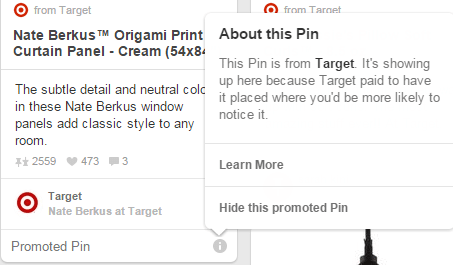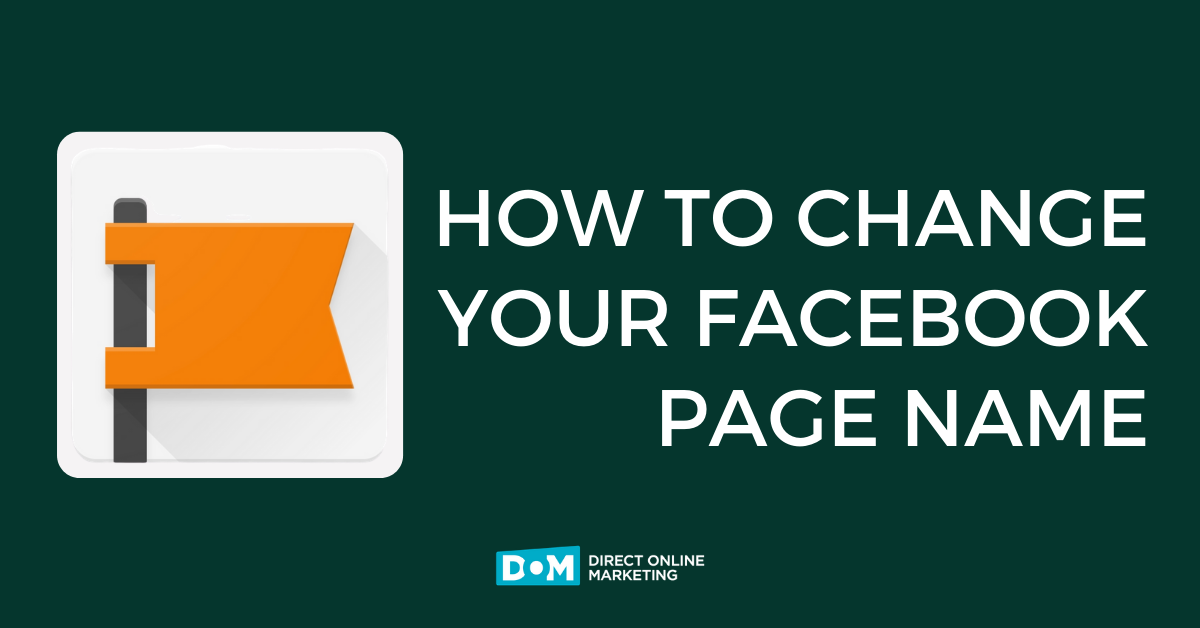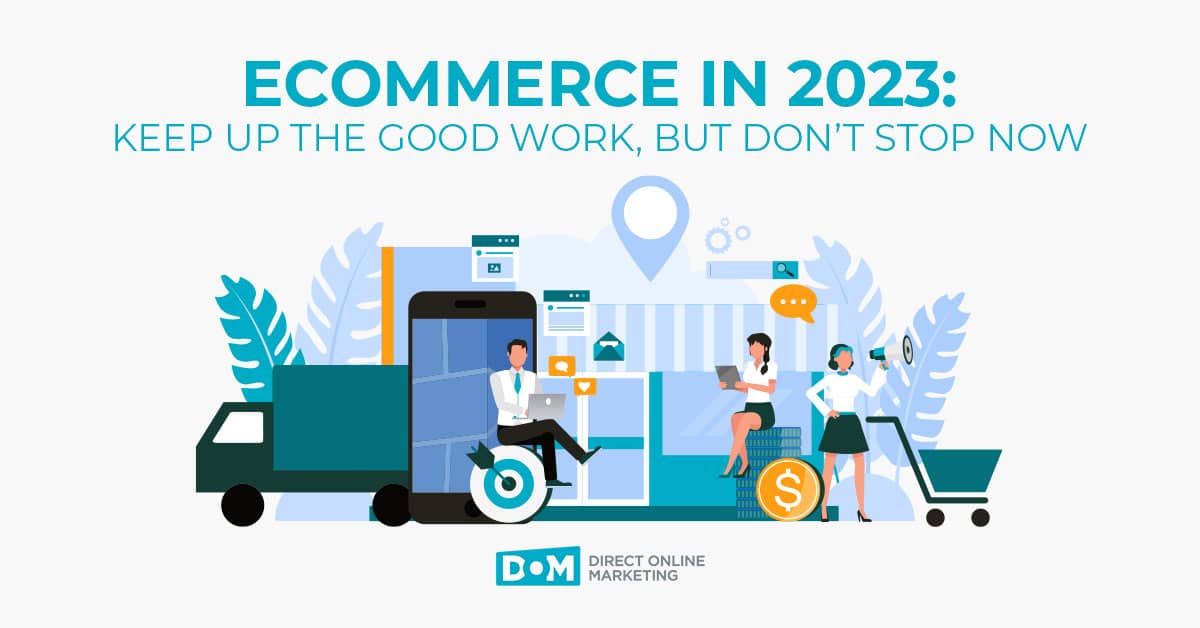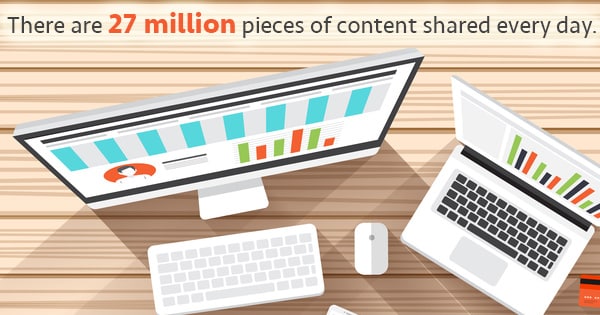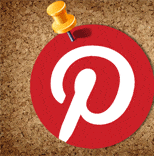
Pinterest made up nearly a quarter of all social sharing activity during the 2013 holiday season. Of course businesses want to capitalize on it!
Pinterest is more popular than Twitter in the United States, especially with a female audience, and is currently working on catching up overseas. Pinterest is an advertising goldmine because it allows people to share products in addition to ideas. Many businesses have gotten free advertising from users sharing their product, but there is still room for optimization.
How can retailers optimize? Try the newly-launched promoted pins.
Paying to promote your business with pins will help your products better reach your target audience. Promoted pins will be native ads, which means they will be the same format as user-generated pins. The theory is that promoted pins won’t be annoyance to users—they will simply help them discover new products and companies. There is small text at the bottom of pin that informs the user that it is a promoted pin, and gives the option to hide it. When it comes to the mobile user (More than 90% of Pinterest use is on mobile devices), the ads will appear the same as in desktop mode.
What to Consider Before Using Promoted Pins
Pinterest promoted pins create an abundance of opportunities to acquire new consumers. Many factors come into play as advertising meets Pinterest.
Like any form of advertising, that is one of the most important components of a great promoted pin is an eye-catching image. Businesses actively leveraging Pinterest know that appealing images grab users and result in interaction, so the same creativity should be used for promoted pins.
Another crucial factor to consider is the way Pinterest’s platform is designed. Blending in yet standing out or becoming someone’s must-have brand: it all starts with a virtual pin and a board. How do you make your pin that pin? A heavily branded pin isn’t going to be a selling point for most, but a product in a setting that fits into someone’s life, or what they want as their life, will be.
Pinterest represents what someone wants in their future—an idea or a dream. Each pin represents something that could be purchased or created, whether tomorrow or in 20 years. There are hundreds of millions of idea boards, so how can your product fit in with those ideas and tie into someone’s future needs and wants? A consumer might not realize that they need or want your product until it shows up in their Pinterest feed. But if your promoted pins are relevant and appealing, they may just be a few mouse clicks away from a purchase.
Do you have a Pinterest presence already and want to know if promoted pins are a good idea? Contact us for recommendations!
